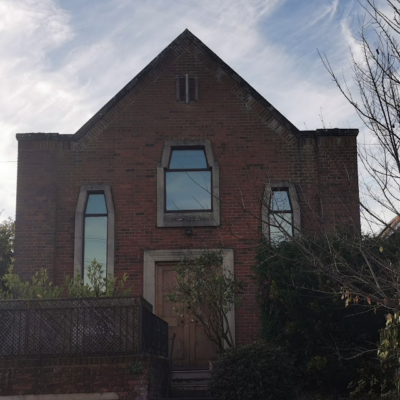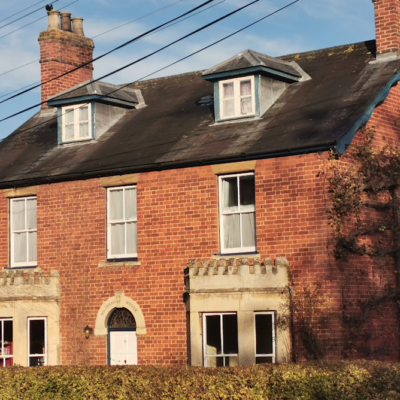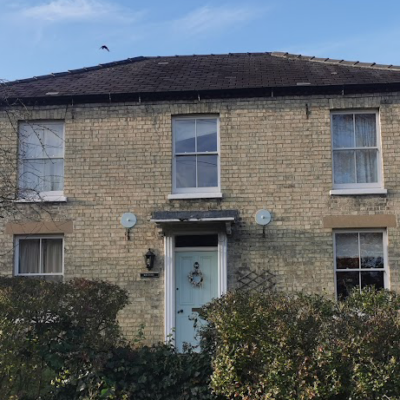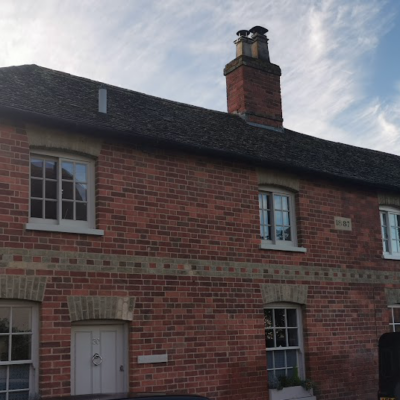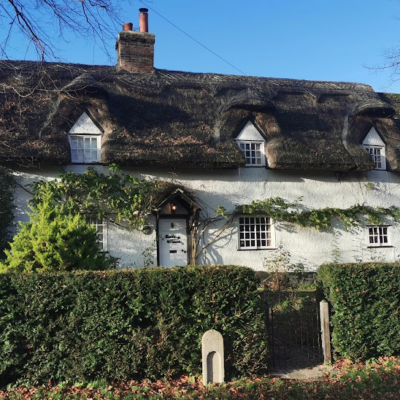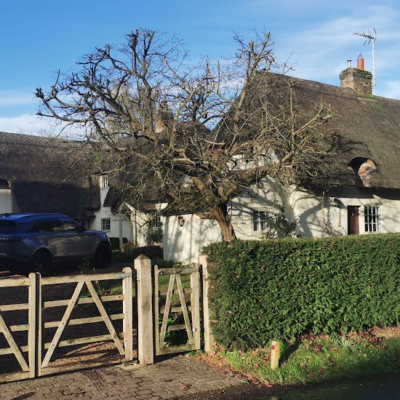Search by topic
- archaeology
- architecture
- bricklayer
- Building of Local Interest
- carpenter
- church
- crime
- dressmaker
- fire
- Great Eastern Railway
- listed building
- medieval
- oral history
- Public House
- Rattee & Kett
- Religious House
- Roman
- scholar
- school
- Then and Now
- tudor
- women
- work
- world war one
- world war two
Search by text
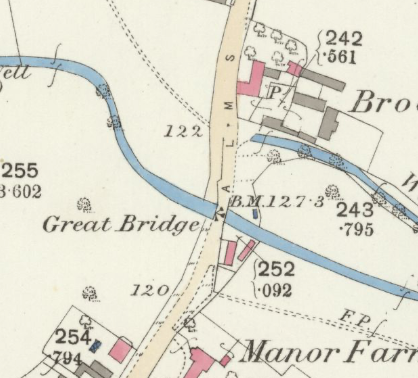 Bourn 1886 OS
Bourn 1886 OSGreat Bridge of Bourn
History of Bourn
The Great Bridge of Bourn was built in 1762 and replaced in 1950. The 18th century bridge had replaced a low wooden platform near to where a popular mineral water was drawn from Jacob’s Well.
It was a popular destination of gentry and students who gathered at the King’s Arms inn at the foot of the bridge. The White Hart and Harp inns opposite were used by humbler folk. The Bridge was also am important stopping point for the coaching trade.
The King’s Arms was an elegant inn with a bowling green and gardens. Many University clubs held their social events there. But drunken brawls often resulted. In the summer large marquees were set up for archery competitions followed by dinner in the evening. The main event of the year was the County Ball.
Road tolls were collected on the nridge, at one time from the White Hart Inn, then in the 18th century from a little brick gatehouse. The toll point was called the ‘Bourn Bridge and Babraham Gates.’ Coaches from London to Norwich would call at Bourn’s Bridge.
The King’s Arms kept a livery of 30 horses for private hire. In July 1790 a fire broke out in the stable block; six horses belonging to the Norwich Mail Coach were killed and the entire stables burned down.
Near the bridge is a spot called ‘Langden’s Grave’ where the body of a notorious local highwayman, Geoffrey Langden, are said to rest. The Langden family ran the White Hart. In 1776 Customs and excise men seized £2,000 worth of tea and lace hidden in dog kennels at the rear of the inn. In 1791 the White Hart closed and it became the residence of Richard Christling.
The King’s Arms was demolished in 1850 as it lost much of its trade to the railways and other inns.
See Tales of Old Cambridgeshire by Polly Howat, 1990.
Contribute
Do you have any information about the people or places in this article? If so, then please let us know using the Contact page or by emailing capturingcambridge@
License
This work is licensed under CC BY-NC-SA 4.0









